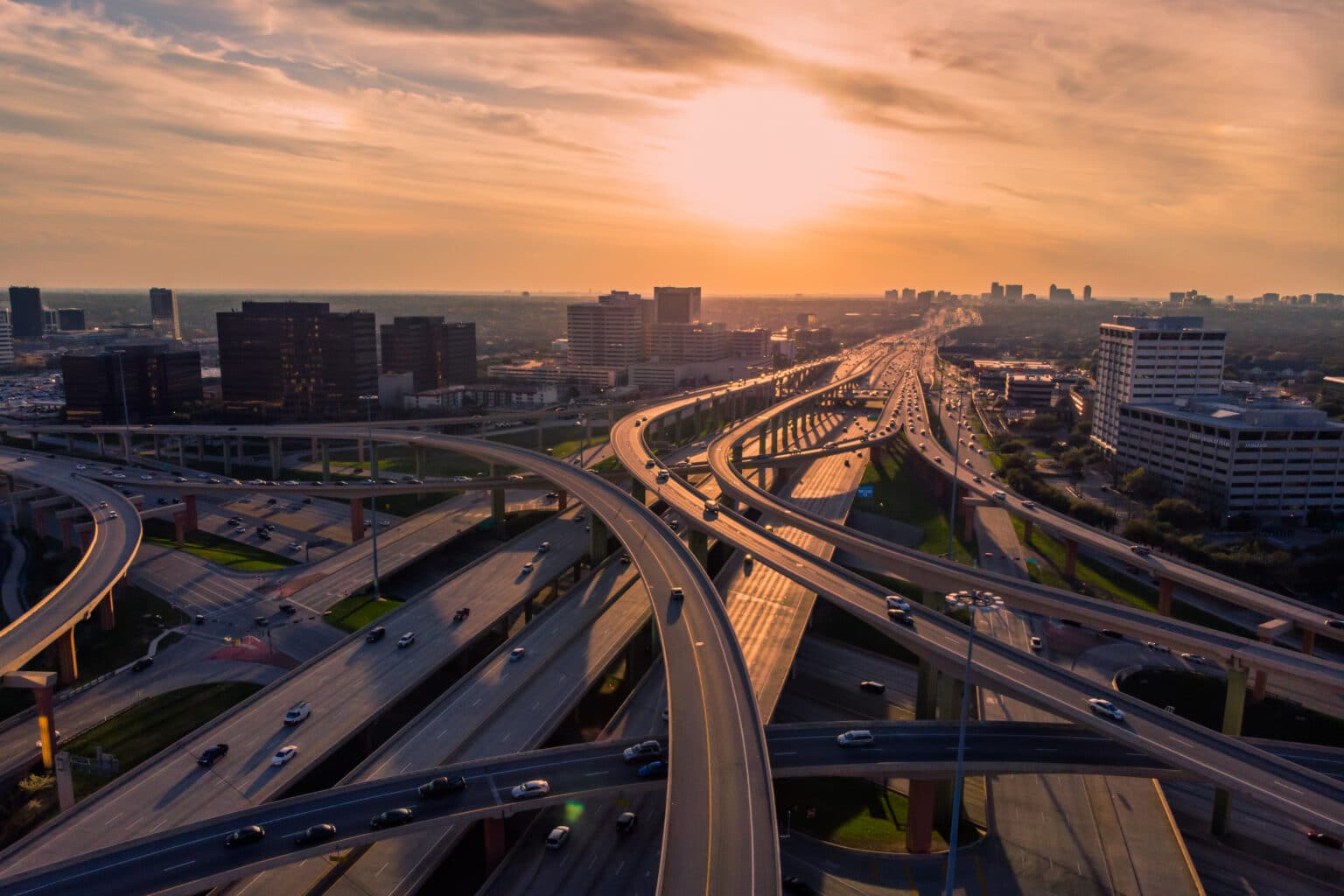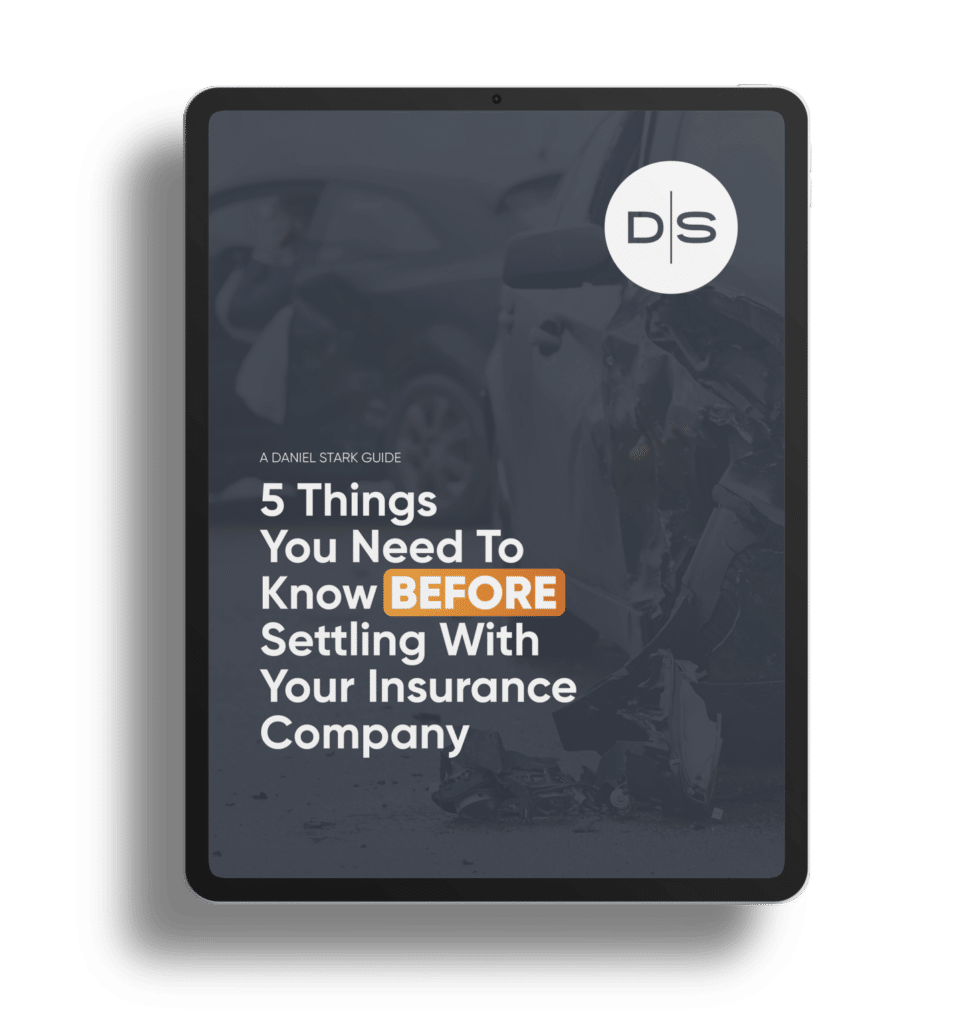Texas, home to the largest highway system in the nation, relies on its extensive network of roads to connect its sprawling landscape. However, driving in Texas comes with inherent risks that cannot be overlooked.
Texas recently ranked 17th in the U.S. for worst road conditions among all 50 states. Factors considered included road spending per mile and vehicle crash fatalities.
In 2021 alone, over 4,480 people lost their lives on Texas roads. In fact, Houston is considered the deadliest major metropolis for drivers in the country.
These alarming statistics may be caused by the combination of wide, fast highways with a lack of safe pedestrian crossings and bike paths, making it especially dangerous for those traveling on foot or by bicycle.
Whether you’re on foot, cycling, or behind the wheel, understanding the reasons behind these dangers can help ensure your safety and protect the lives of others on the road.
Which Texas roads are most dangerous?
If you’re wondering which Texas roads to be especially cautious of, it’s important to note that nearly half of all fatal crashes happen on rural roads — despite only 19% of the U.S. population residing in rural areas.
Nationwide, there has been a rise in traffic fatalities on rural roads, resulting in over 85,000 lives lost between 2016 and 2020. In fact, in 2020, the risk of dying in a crash was 62% higher on a rural road compared to an urban road for the same trip length. Deaths on all types of rural roads, including interstates, have increased even further in 2021.
Among the vast network of highways in Texas, one road stands out as one of the most dangerous in the entire United States: I-45. This 300-mile highway stretching from Galveston to Dallas has an alarming average of 56.5 fatal crashes per every 100 miles. The section that runs through Houston is particularly perilous, claiming the lives of 73 people in 2019 alone.
What puts Texas drivers at risk?
Driving in certain parts of Texas can be dangerous due to several factors:
- High traffic volume and congestion
- Distracted driving, such as texting while driving
- Intoxicated driving
- Speeding
- Not wearing seat belts
Plus, rural roads can present their own set of challenges, like limited safety and rescue resources.
In addition, the growing population of Texas has led to the expansion of major roadways, originally intended to alleviate traffic congestion. Paradoxically, this expansion may have resulted in what is known as “induced demand” — more roads attracting more drivers, leading to more traffic and negating the initial benefits of wider highways.
Pedestrian and cyclist fatalities have also been on the rise, especially on roads with three or more lanes. This tragic statistic highlights the disproportionate vulnerability of pedestrians and cyclists involved in crashes.
To mitigate these risks, you must exercise caution on Texas roads, adhere to traffic laws, and always stay alert.
Contact a Qualified Personal Injury Attorney
No matter your level of expertise behind the wheel, being aware of your surroundings and the potential risks of driving in Texas is essential.
However, collisions can still happen due to negligence. In the unfortunate event that you’re involved in a car crash, we strongly recommend reaching out to a qualified personal injury attorney for assistance. An attorney can guide you through the legal process and help get your life back to normal.












